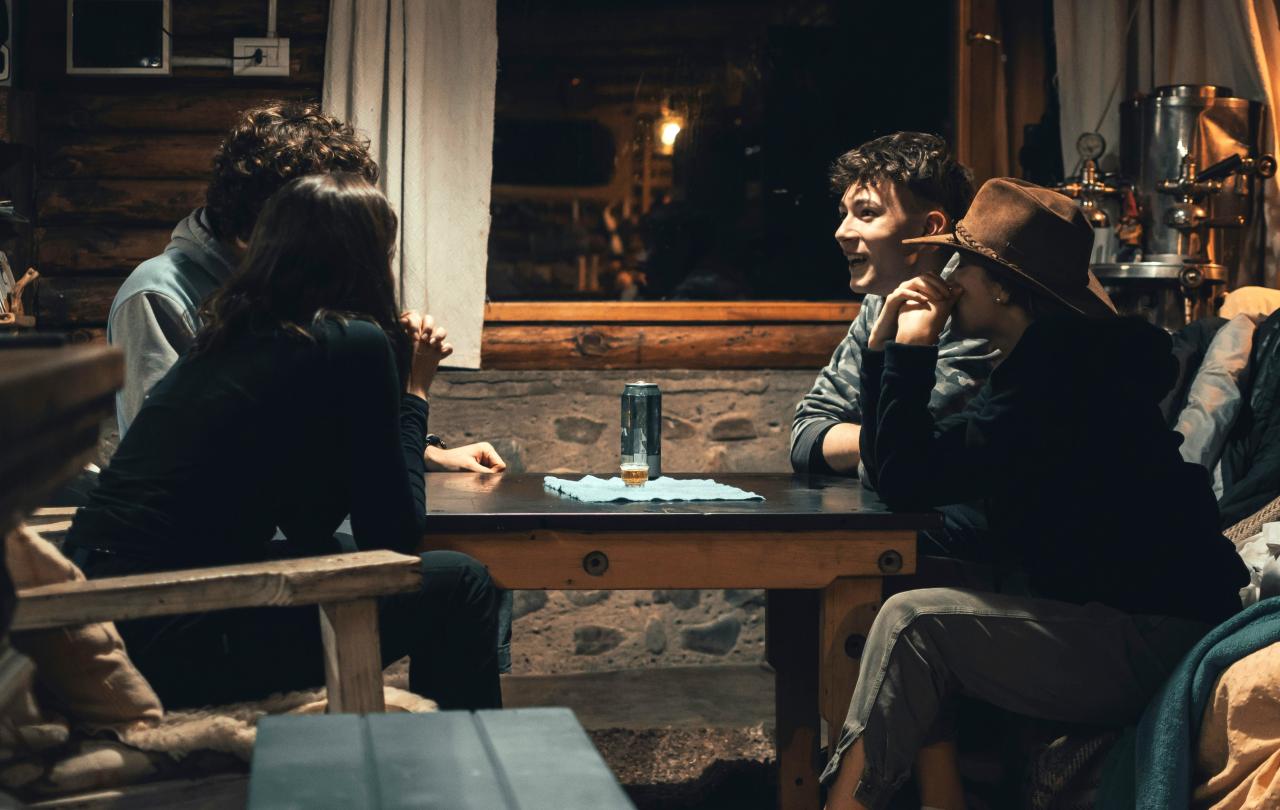
If you discovered that the company you worked for was doing work that posed an existential risk to humanity, would you consider yourself entitled – or perhaps morally obliged – to blow the whistle?
This issue provoked a recent open letter from current and former employees at AI companies including Sam Altman’s OpenAI, asserting that the laws protecting whistleblowers are inadequate because they typically focus on illegal activity – and the AI companies concerned are doing nothing which is (yet) illegal. It called for companies to take a number of steps (including not entering into or enforcing agreements prohibiting the raising of risk-related concerns).
Some might say that if an employee takes the company’s money, that money should buy loyal silence, and that if the public interest demands a different approach, the remedy is the extension to risk-related concerns of existing whistleblower legislation. But unless and until that legislation is extended, should we applaud conscience-driven breaches of contract?
What about breaches of the criminal law for morally justifiable reasons – for instance to draw attention to the risks that the protestors say are associated with climate change?
The reality of modern corporate governance means that the CEO may be more practically Caesarean than a country’s government.
Christian debate about these issues has traditionally turned on two Bible texts. Paul, in writing to those in a Roman church, declares: ‘Let every person be subject to the governing authorities, for there is no authority except from God, and those authorities that exist have been instituted by God. Therefore whoever resists authority resists what God has appointed….the authority… is the agent of God.’ And Jesus, in Matthew's gospel, advises us to ‘render to Caesar that which is Caesar’s, and to God that which is God’s.’
Who are the ‘authorities’ spoken of by Paul? Who is the modern Caesar spoken of by Jesus? Presumably in each case – in a parliamentary democracy – it is the combined legislature and executive of the day. Perhaps, these days, we should translate ‘Caesar’ as ‘the social contract’. But does this mean that (if we take these injunctions seriously) we should regard ourselves as bound not to commit criminal offences (which are offences against the state), but should feel no corresponding inhibition about breaching private law obligations, such as those owed under contracts of employment? My instinct is to say that this is indeed what it means, but that is not self-evident. After all, much employment law is statutory – an emanation of Parliament, and the reality of modern corporate governance means that the CEO may be more practically Caesarean than a country’s government.
Rendering the right thing to Caesar in a theocracy such as Byzantium might mean something very different in a modern tyranny or a democracy.
Should Christians, though, feel constrained by these scriptural passages? Both Paul and Jesus seemed to think that there was little point in establishing lasting social, legal or governmental structures because the end times were just around the corner. Jesus thought that some of his audience would still be alive when the Son of Man returned to complete the messianic project without any help from any secular governor. Paul’s belief that the Second Coming of Christ was at hand was behind his advice that the unmarried (unless they really couldn’t stay celibate) should remain unmarried and get on with the urgent business of preparing for the imminent in-rush of the true Kingdom. Both Jesus and Paul were dramatically wrong about the chronology. Why, then, should we take seriously advice about the regulation of society that was based on their mistake? Should Paul’s advice to those Romans be read as pragmatism – intended by him to convince rulers that Christians wouldn’t make trouble, and that therefore the Christians should be left alone? He may have thought that a shabby compromise with secular powers didn’t matter much because it wouldn’t last long.
Even if these texts are in some meaningful sense authoritative, what do they mean for modern life? As ever, the devil (and potentially the angel) is in the detail, and Paul and Jesus left the church to work out the relevant details. There is no consensus. Rendering the right thing to Caesar in a theocracy such as Byzantium might mean something very different in a modern tyranny or a democracy. Only in a few situations is the correct answer obvious: no one would doubt that those martyred for refusing to worship the Caesar of the day had made the (or at least a) right choice. But as soon as we move away from such cases the waters get muddy. Would Paul have denounced Dietrich Bonhoeffer for the plot to kill Hitler? If so, would he have been right? It cannot be seriously argued that it is illegitimate to protest against the policies of the day, any more than it could be suggested that Paul requires us to cast our vote in favour of the currently ruling party.
What, then, are the boundaries of legitimate protest?
Suppose that AI really does pose a threat to the whole of humanity. Does ‘rendering to God’ not then demand, in a private law context, that the whistle be blown, even if it involves a breach of a contractual obligation? It seems at least arguable.
Is a breach of the criminal law – for instance in the case of climate change protestors – different? It may well be.
In England the law has evolved a nuanced approach to ethically motivated criminality. That approach was recently displayed in the sentencing of five Extinction Rebellion activists for criminal damage to the premises of a bank. The judge accepted that each defendant believed that the bank was culpably involved in funding fossil fuel extraction projects, and that such projects endangered the planet. He noted that Lord Hoffman had said: ‘People who break the law to affirm their belief in the injustice of a law or government action are sometimes vindicated by history [for instance the suffragettes]. It is the mark of a civilized community that it can accommodate protests and demonstrations of this kind. But there are conventions which are generally accepted by the law-breakers on one side and the law-enforcers on the other. The protestors behave with a sense of proportion and do not cause excessive damage or inconvenience. And they vouch the sincerity of their beliefs by accepting the penalties imposed by the law.’ In return, he went on, the state behaves with restraint, and the judiciary imposes sentences which take the conscientious motives into account.
This approach, said the sentencing judge, amounts to a ‘social compact between the courts and protestors.’
Perhaps, in the realm of the criminal law, that sort of social compact encodes the relevant moral and theological principles as well as anything can.





